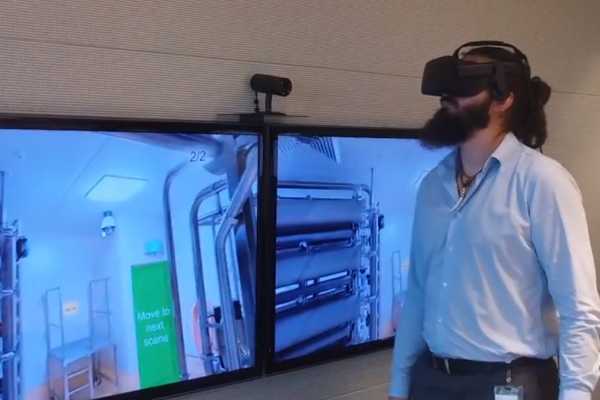Published on the 08/03/2018 | Written by Jonathan Cotton

The dairy co-op has developed possibly the hippest risk reduction training in the country: virtual reality H&S…
Partnering with engineering consultants Beca, the dairy cooperative has introduced a VR training system that lets employees navigate the company’s manufacturing and distribution sites in the virtual world – all without setting a foot on site.
Fonterra Director of H&S, Greg Lazzaro, hopes the new tech will substantially reduce both costs and onboarding times and says it’s an important step in the right direction for a company looking to take its systems into the 22nd century.
“The opportunities for VR are significant,” says Lazzaro. “With this solution, we can replicate the physical environment of our sites, so staff can undertake virtual health and safety training in an extremely immersive and realistic way. That means our people can learn about and identify potential hazards more quickly than ever, encouraging more engaged employees and better workplace safety.”
Lazzaro says that, while a novelty at first, VR is a safer learning environment than traditional methods and enables a strong familiarisation of sites for Fonterra employees.
“While our health and safety performance continues to improve we are always looking for ways to reduce risk to our employees,” he says.
“Using VR means our people can experience hazards in a realistic simulated environment, enhancing learning experiences, without being put in harm’s way.”
The system can be tailored to each of Fonterra’s sites with employees tested via the completion of modules. With ‘hands-on’ training costlier and less effective, following a successful pilot, the new VR technology will replace a significant portion of traditional H&S training.
And such technology can be easily replicated in other workplaces and training areas – Walmart now uses VR training, as does the US military.
“Our clients are increasingly interested in the application of VR technologies and the value it can add to their businesses,” says Andrew Cowie, project manager for Beca.
“In this case, using VR for training is ideal as it is effective whilst being both cost and time efficient. The reality capture for these training tours is done easily with a handheld camera and the VR simulation works via a smartphone using a simple cardboard headset,” says Cowie.
Footage of the Fonterra VR training in action available for download.



























